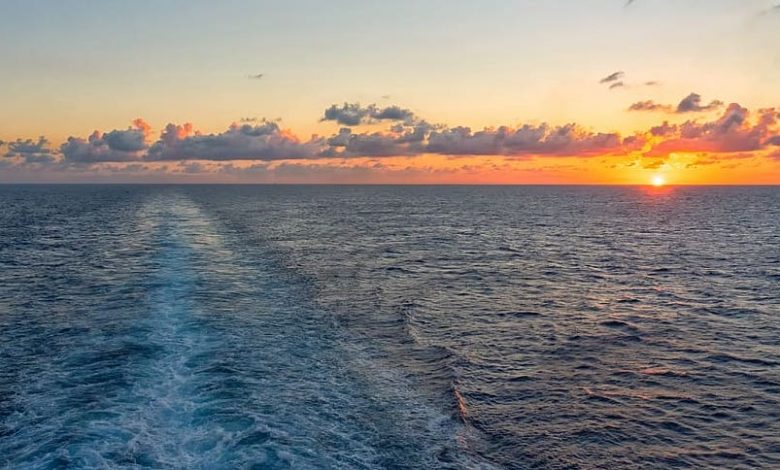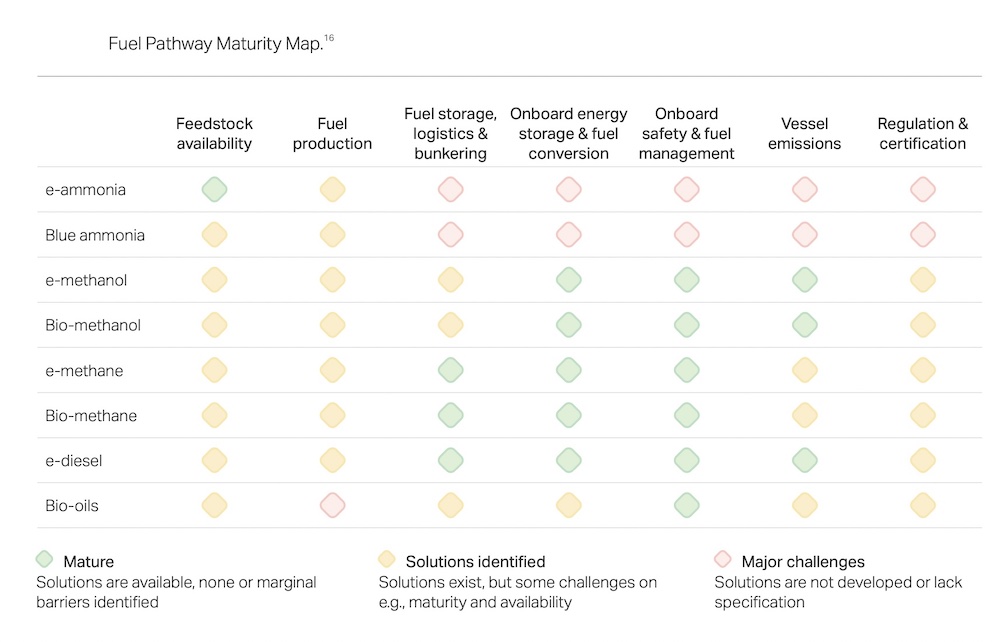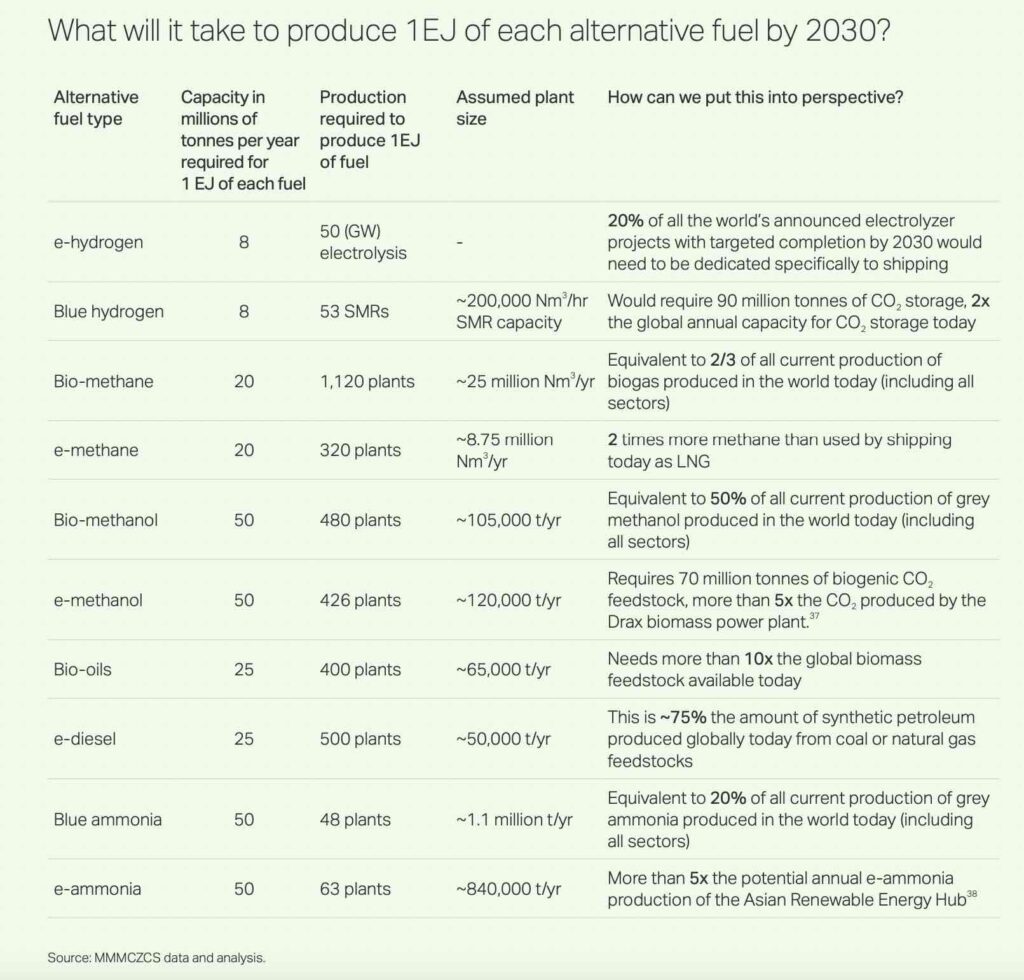Decarbonisation report shows shipping how to get going this decade

The maritime industry must take immediate collective action on an unprecedented scale to bring the decarbonisation of the industry closer to the Paris 1.5°C trajectory, according to a new 78-page report published today by the Mærsk Mc-Kinney Møller Center for Zero Carbon Shipping.
The report urges companies, governments, and individuals across the globe to collectively fast-track decarbonisation this decade and outlines actions that lie ahead regardless of what the end game will be.
Key takeaways from the report include the statistics that international and domestic shipping uses approximately 12.6 EJ of energy each year, corresponding to around 300m tonnes of fossil fuels. To align with the Paris 1.5°C trajectory, the industry must limit its fossil fuel consumption of the global fleet to approximately 6 EJ by 2030.
The only way to progress is by facing the challenges head on
Improving onboard energy efficiency by just 8% – or 1% per year until 2030 – could save around one EJ of energy, equivalent to 24m tonnes of fuel oil according to the report.
To replace one EJ of fossil fuel, the number of vessels sailing on alternative fuels must increase from around 700 today to approximately 3,000 by 2030, with the report identifying the challenges to scale up alternative fuels.

The Danish think-tank today called on the International Maritime Organization (IMO) to revise its emission reduction targets significantly, something which will be up for discussion at the United Nations body next year.
To align with the Paris 1.5°C trajectory, the IMO must target eliminating all GHG emissions from the shipping industry, reaching net zero by 2050, the Copenhagen-based body argued, pointing out that major economies, including the US, the EU, and China, have already committed to net zero emissions from shipping by mid-century.
A revised target for 2050 must be accompanied by interim targets, the centre urged, ideally targeting a 45% reduction in emissions by 2030. Furthermore, interim targets should use a 2010 baseline – used by the Intergovernmental Panel on Climate Change – rather than the 2008 baseline currently used by the IMO.
“We know the challenges, the obstacles, the uncertainties, and the fears. To some it may seem like a lot, and perhaps even overwhelming, but the only way to progress is by facing the challenges head on. It is absolutely doable and we are seeing rapidly growing commitment and real climate action from governments, companies, and individuals across the globe. The United States has stepped up with the Inflation Reduction Act, EU is taking bold and concrete steps to regulate shipping with its ETS and fuel standards, and the IMO is reviewing its initial GHG strategy in July 2023. At the same time, we see the maritime private sector – energy companies, shipping companies, cargo owners – starting to mobilise and demonstrate climate leadership,” said Bo Cerup Simonsen, CEO of the Mærsk Mc-Kinney Møller Center for Zero Carbon Shipping, urging shipping to do more to go green.


It’s indeed comforting to see that the players in the industry as well as the nations are ready to move forward with de-carbonisation of shipping. It would be great if action happens as quickly as possible as we are in a climate emergency.